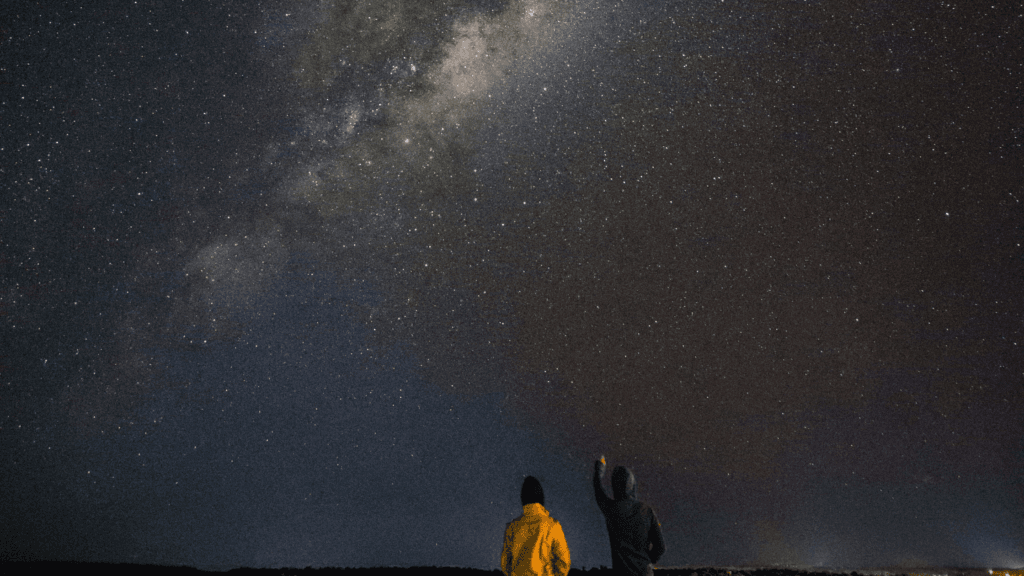The month of January 2025 brings some of the most fascinating astronomical events visible to the naked eye. It is one of the best times to witness the beauty of the night sky, as there are no significant complications. So, if you’re eager to capture the beauty of the sky above, mark your calendars and don’t miss these events in 2025.
Astronomical Events In January 2025
You can start your year with the Quadrantids meteor shower, which will illuminate the sky very frequently. There are also the different moon phases, which never fail to capture the attention of astrophile or selenophiles. If you have a good telescope, you can track the planets of the solar system (Venus and Saturn).
Quadrantids Meteor Shower Peak (January 3–4)
The debris of the extinct comet is visible during the midnight of 3rd and 4th January. Some gazers can track over 120 meteors per hour in the Northern Hemisphere. Moreover, the radiant point of the Quadrantids meteor is from the direction of the Bootes constellation.
Moon Phases
The Moon’s different phases constantly influence the viewing experience of other celestial objects. It is, therefore, very crucial to know the ideal time of the month when moonlight is as low as possible. Only then will you be able to view the planets, meteors, and arms of the Milky Way.
- New Moon: January 1
- First Quarter: January 8
- Full Moon: January 15
- Last Quarter: January 23
- New Moon: January 30
Venus at Greatest Elongation East (January 17)
January is one of the best times to view Venus in the night sky. It is called the evening star that will shine brightly above the horizon after the sunset.
Saturn-Moon Conjunction (January 20)
The natural satellite and Saturn are close to the naked eye. This is a perceived phenomenon in which the two distinct celestial bodies are viewed with great clarity.
Partial Lunar Eclipse (January 25)
Lunar Eclipses, or eclipses in general, are one of the most widely studied and recorded phenomena in the entire world. If you’re fascinated by the lunar eclipse, mark your calendars for 25th January 2025.
Additional Tips For Stargazing In Night Sky Of January
If you want to take your stargazing experience of viewing any astronomical events, then make sure to remember the following tips.
- Choose a dark place to view.
- Avoid using cell phones or torches.
- Your eyes will adjust to the dark.
- Navigating with guides/telescopes can help to track the stars.
- Be patient with your time.
Final Thoughts On Astronomical Events In January 2025
In January 2025, astro photographers and enthusiasts can witness fascinating events like the Quadrantids meteor shower, moon phases, and the solar system’s planets (Venus and Saturn). The month offers opportunities to observe the night sky, with the Quadrantids meteor shower peak and the Saturn-Moon conjunction. To enjoy these events, choose a dark place, avoid using cell phones or torches, navigate with guides or telescopes, and be patient with your time.
Frequently Ask Questions
What are the space events in 2025?
There are many different categories of space events in 2025.
- Meteor showers
- Eclipses
- Planetary conjunctions
What is the moon phenomenon in 2025?
In 2025, there will be three super moons, which means they will be closer to Earth than usual and even brighter.
- 7th October.
- 5th November.
- 4th December.
What is the biggest meteor shower in 2025?
The Perseid meteor shower has one of the most frequent meteors during mid-August.

